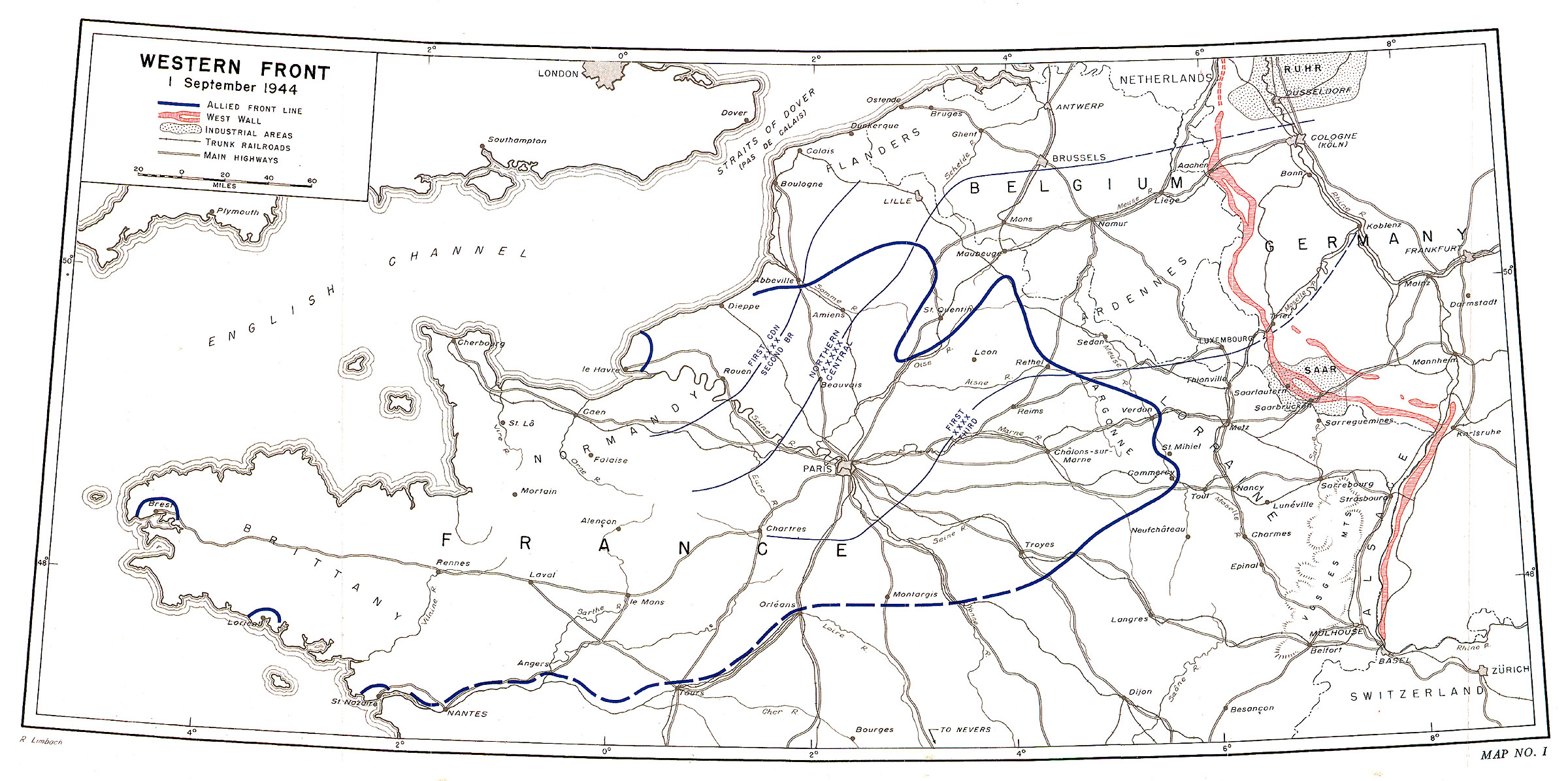Sure.Mori wrote:Here only about sources.
22,239 reported by First Canadian Army and 29,739 reported by Ninth Army and , according to Stacey, Victory Campaign, p. 522.I'm still not sure where you get the 71,000 PoW from, since Allied sources give ca. 51,600 PoW, and add 38,000 KIA and WIA to get to 89,600. Would you mind mentioning the source? My figures are from the Int Sum dated March, 18 1945.
(I have seen the figures from this document quoted in several books, usually without mentioning where they came from.)
By the way, this doesn't account for the casualties inflicted by VII Corps, although this unit is part of Grenade for the first week. It would add ca. 8,500 losses, for a grand total of ca. 98,000.
For 27 February-3 March, VII Corps reported 1,800 POW and III and VII Corps another 11,700 7-24 March, MacDonald, Last Offensive, pp. 189.
I miss-added when rounding them up in my head. The figure of 81,692 for Third Army is from the AAR. We could also look at the consolidated cage reports from SHAEF (NARA II, RG331, Allied Operational and Occupation HQ WW II, SHAEF General Staff G-1, Admin Section, Decimal Files, Box25, File 383.6/1 Monthly Cumulative POW Report, which gives total for February/March as:
21 AG - 16,292/26,186
12 AG - 48,333/271,378
6 AG - 16,613/51,889
They are from the OKH Dekade reports and are the total for KIA, WIA, and MIA, which were typically compiled three to four days later from the consolidated army reports. I can give you the breakdown if you like. While as I said they are likely an undercount, I suspect most of that is WRT the MIA, which is very low given the number of PW captured in that period. From the POW Capture Rate Study we concluded that instances were that occurred were typical of pursuits and the large number of units that were out of contact did not report, skewing the figures. What was curious though was that in those instances, the count of KIA and WIA were generally accurate in the end, rather than orders of magnitude off. Note also the German figures correlate reasonably with the Allied estimates for non-POW German casualties.That sum up to 53,787, which is about the number of PoW from the Allied documents (maybe a confusion on "PoWs" vs. "losses". That said, would you mind also sharing the source?).
Excellent. Yes, I have a copy of the February Panzerlage, but no longer have access to the ACSDB files at TDI that have those reports, although I don't recall we ever collected a II. FJK report, that is a very nice find!Well, you can still find a detailed status of manpower at division level dated Feb, 10th, and this gives the starting point. The same type of document gives an order of magnitude of the replacements received during the month of fight.
For the end point, especially valuable is a HG G report listing the manpower by unit on Feb 28th. It shows 50% losses since beginning of Veritable. There still exists the medical diary of 2nd PARA corps, with daily losses. And for some units you can get an order of magnitude of the casualties through the number of hand weapons before and after.
[quoteAdd to that a systematic analytical effort.[/quote]
Have you published? I would love to read it.
I think we focus so much on the over claiming by the Airedales and German tankersBy the way, when I started this work, my working hypothesis was that the Allied estimate were exagerated (you know, like all the destruction claims from the air force) and I was genuinely surprised to derive higher numbers from the study of German sources.
